Dyson gravity machines.
Shared with Dropbox.
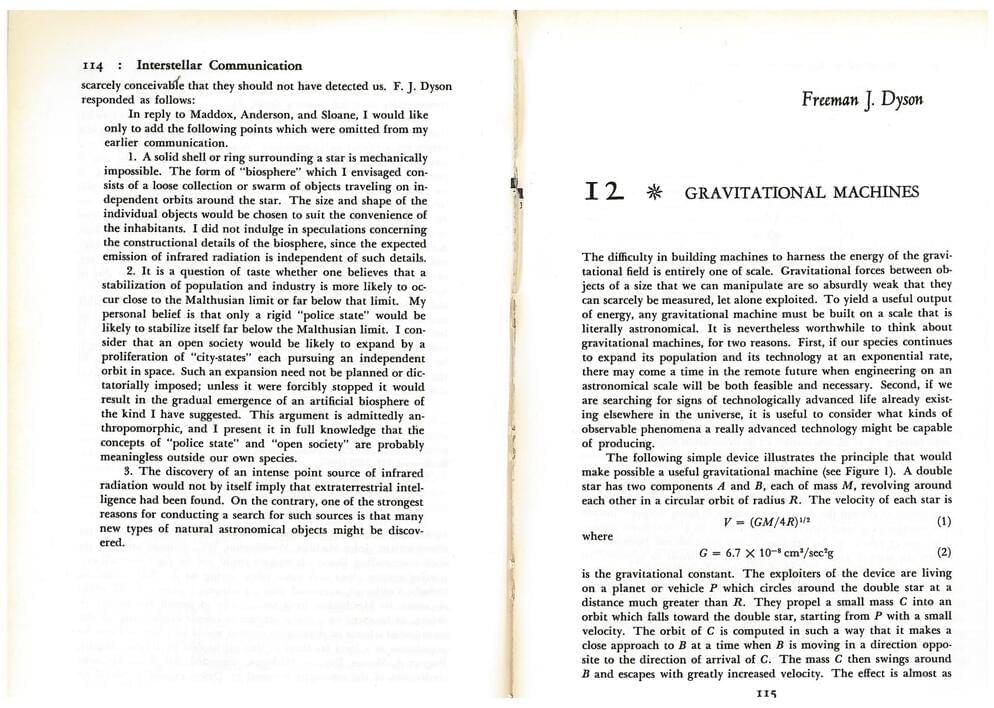
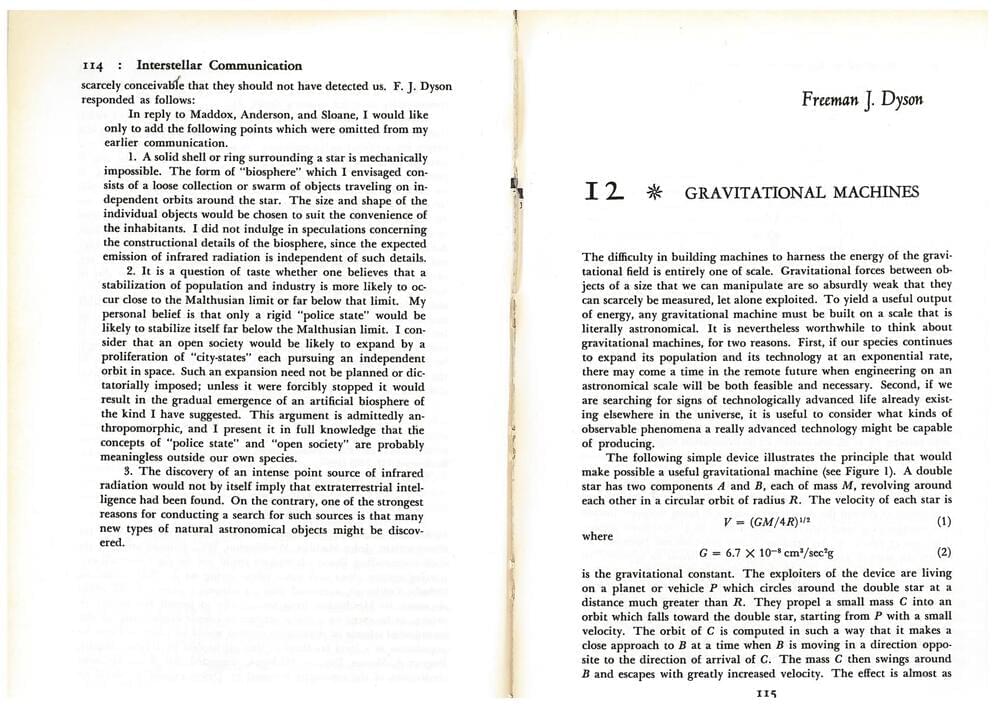
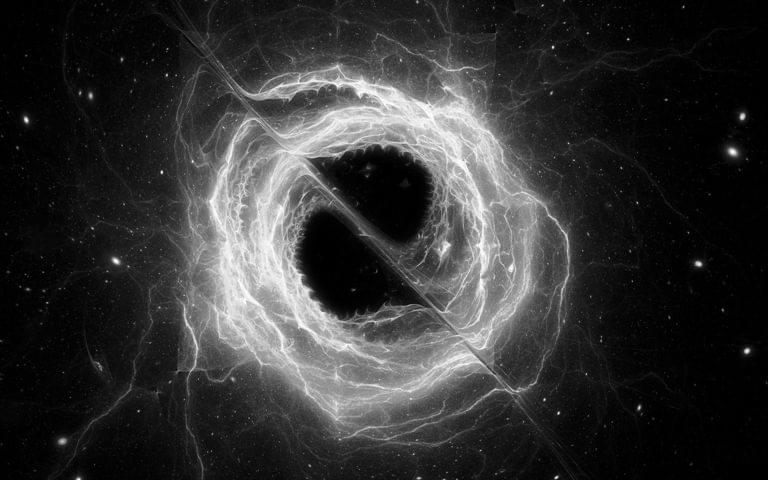
At some point, theoretical physics shades into science fiction. This is a beautiful little book, by a celebrated physicist and writer, about a phenomenon that is permitted by equations but might not actually exist. Or perhaps white holes do exist, and are everywhere: we just haven’t noticed them yet. No such controversy exists about black holes, wh…
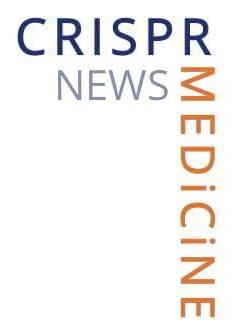
Exploring the cutting edge of genetic engineering, the development of programmable recombinases and zinc finger domains is ushering in a new era of precision in DNA manipulation. These advances enable precise genomic alterations, from single nucleotide changes to the insertion of large DNA segments, potentially transforming the landscape of therapeutic gene editing and opening new possibilities in personalised medicine.
Nvidia’s Blackwell isn’t taking any prisoners.
A monster of a chip that combines two dies.
Hopper is 4,000 FLOPS at FP8 and Blackwell is at 20,000 FLOPS at FP4.
Kicking off the biggest GTC conference yet, NVIDIA founder and CEO Jensen Huang unveils NVIDIA Blackwell, NIM microservices, Omniverse Cloud APIs and more.
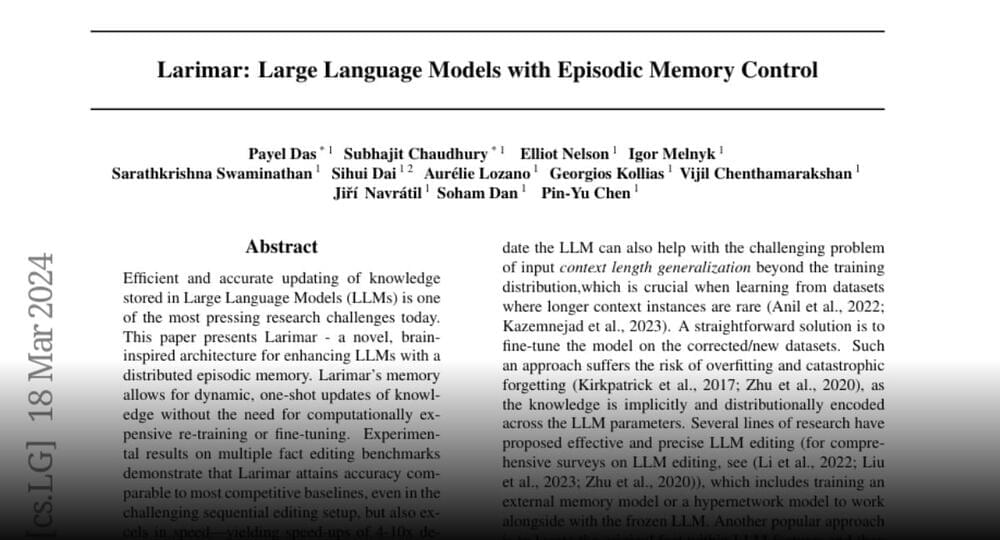
Tesla’s FSD Beta 12.3 shows improvement in navigating tight and congested roads, but still struggles with some scenarios and needs more work on winding mountain roads.
Questions to inspire discussion.
How does Tesla’s FSD Beta 12.3 perform on congested roads?
—The FSD Beta 12.3 shows confidence and assertiveness in navigating tight and congested roads, with improved performance compared to previous versions.
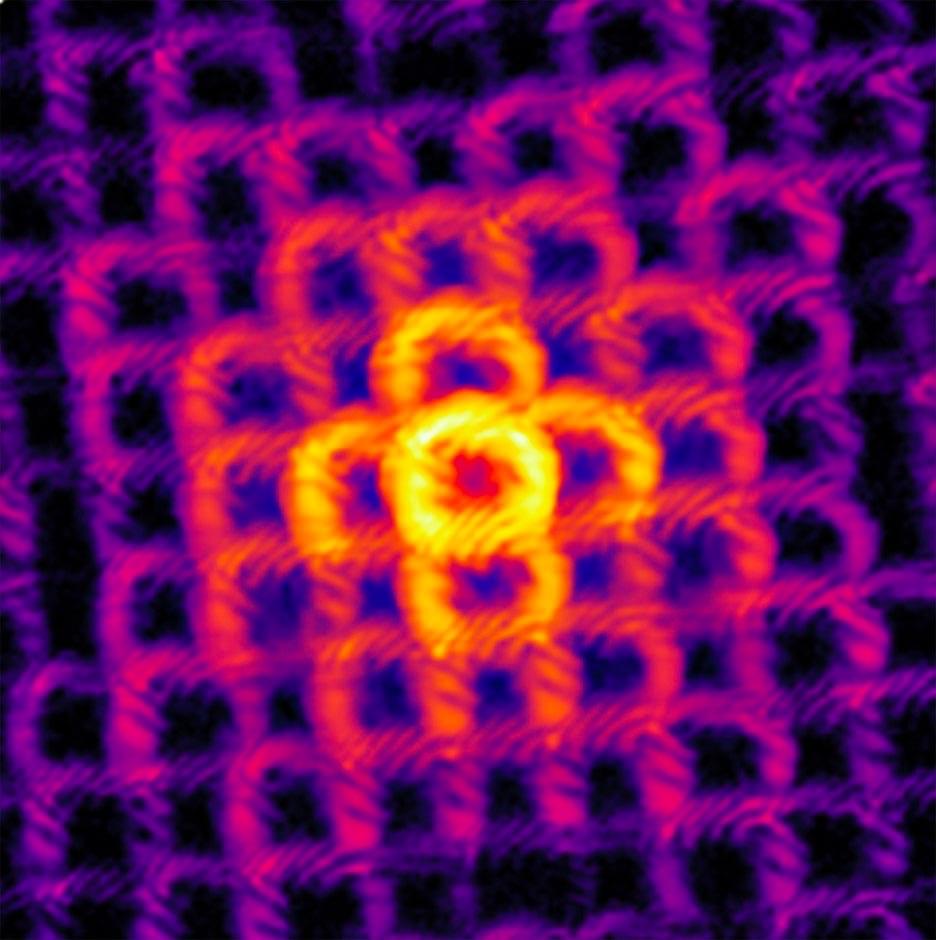
To study nanoscale patterns in tiny electronic or photonic components, a new method based on lensless imaging allows for near-perfect high-resolution microscopy. Ptychography, a powerful form of lensless imaging, uses a scanning beam to collect scattered light for image reconstruction, facing challenges with periodic samples.

Summary: Adolescents engaging in “transcendent thinking”—the practice of looking beyond the immediate context to understand deeper meanings and implications—can significantly influence their brain development. The study highlights how this complex form of thinking fosters coordination between the brain’s executive control and default mode networks, crucial for psychological functioning.
Analyzing high school students’ responses to global teen stories, researchers found that transcendent thinking not only enhances brain network coordination over time but also predicts key psychosocial outcomes in young adulthood. These groundbreaking findings underline the potential of civically minded education in supporting adolescents’ cognitive and emotional development.
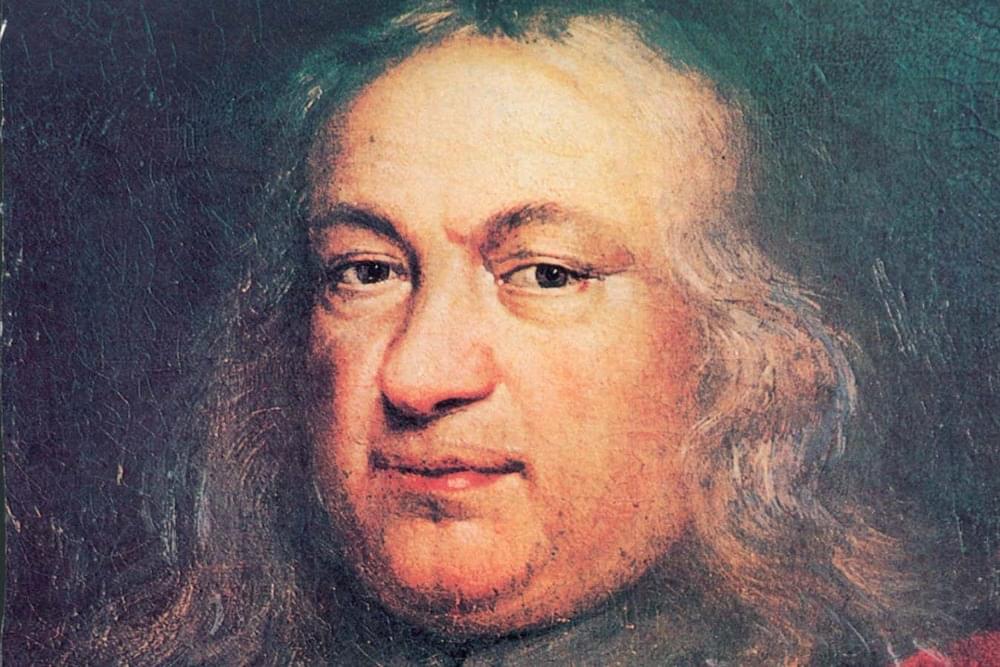
Fermat’s last theorem puzzled mathematicians for centuries until it was finally proven in 1993. Now, researchers want to create a version of the proof that can be formally checked by a computer for any errors in logic.
By Alex Wilkins